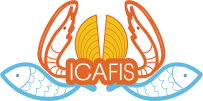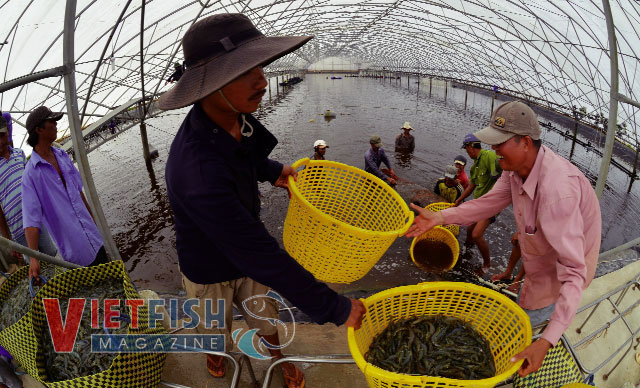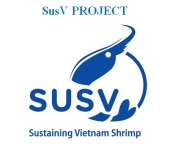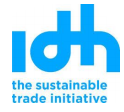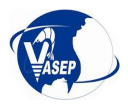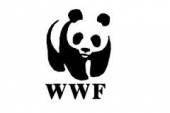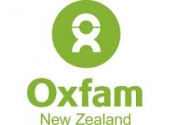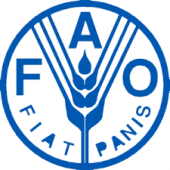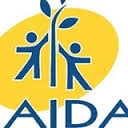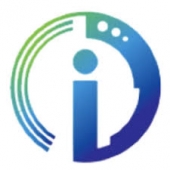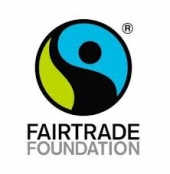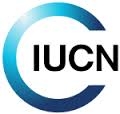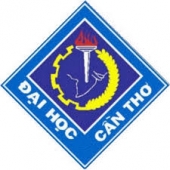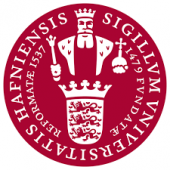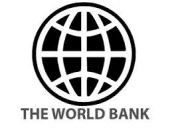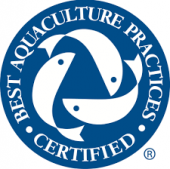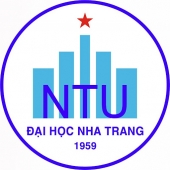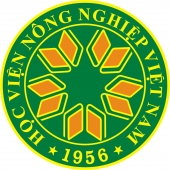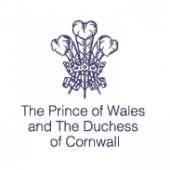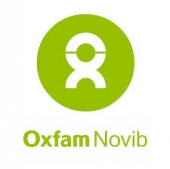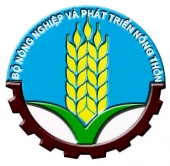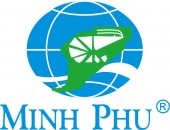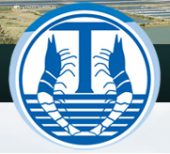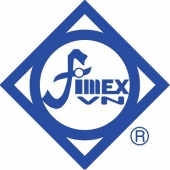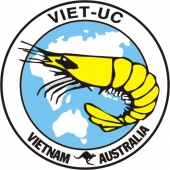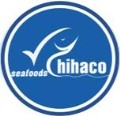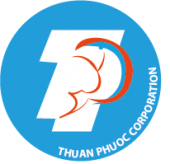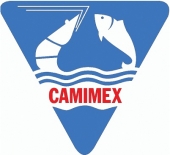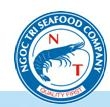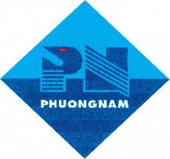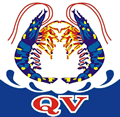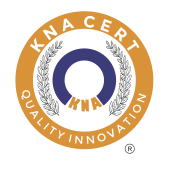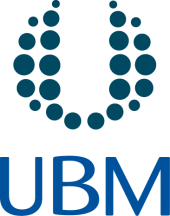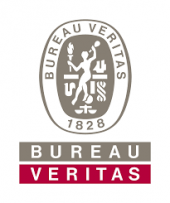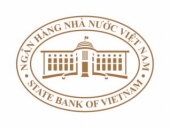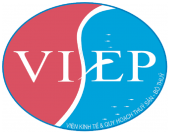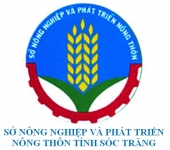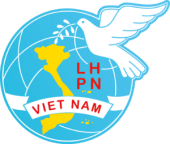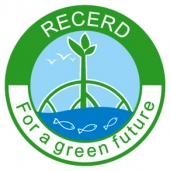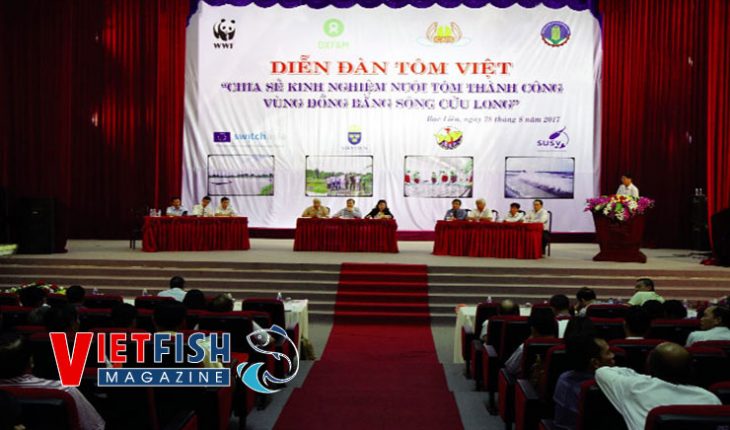
This is the major theme of Vietnam shrimp Forum sponsored by the European Union (EU) ’s “Sustainable & equitable shrimp production and value chain development in Vietnam (SUSV)” project; hosted on August 28th by ICAFIS and Oxfam Vietnam in collaboration with Bạc Liêu province’s Department of Agriculture and Rural Development.
Sharing success
Vietnam shrimp also faces a lot of problems due to unfavourable weather, polluted environments, chemical and antibiotic abuse while the requirements on food safety and hygiene in many importing countries are being increasingly tightened. Particularly, in America and Australia, the standards for antibiotics in shrimp are very strict.
Thus, at this forum, clean shrimp farming method such as organic and greenhouse shrimp farming and many new production methods that reduce cost and give high yields admid friendly environment were introduced and shared with shrimp farmers and enterprises in the Mekong Delta.
Mr. Đinh Xuân Lập, Deputy Director of the Directorate of Fisheries commented that the project’s models implemented by ICAFIS and Oxfam are highly beneficial, have created links and helped reorganize production and introduce markets, etc.; and should be further promoted in the future.
However, Vietnam shrimp industry also faces many challenges due to the environment, diseases, climate change, farming methods and experiences and limited approaches to effective farming methods, thus it is very difficult to ensure consecutive farming successes. Therefore, this forum would be a place for farmers, experts, enterprises in the shrimp production and processing chain in Vietnam to meet up and share information, knowledge and experiences on friendly environment, sustainable and successful shrimp cultivation experiences; shrimp farming methods, models and processes in the direction of high economic efficiency, disease safety and environmental risk reduction; and especially, the orientation of sustainable development for giant tiger prawn farming models in the direction of establishing Viet shrimp brand.
With nearly 2 years of experience farming shrimps in canvas-lined ponds, Mr. Đỗ Thành Trung, in Đam Dơi district (Cà Mau) said: “ In order to be successful it is absolutely necessary to following these tips: The land area and electricity must be sufficient; juvenile shrimps must be of good quality and grow fast; and especially, managing farm has to be done well”. Mr. Tăng Văn Xúa of Hòa Nghĩa cooperative, in Vĩnh Châu town (Sóc Trăng), who also uses the canvas-lined ponds recommended: “For areas with salinity under 15%, farmers should not to stock juveniles in hatcheries because of its inefficiency, instead the shrimps should be directly farmed in farming ponds. The use of microorganisms should also be considered carefully to avoid waste since farming ponds don’t always require microorganisms supplement”.
Despite not being as effective as farming shrimps using canvas-lined ponds, the rice-shrimp farming model used by Mr. Nguyễn Văn Quyt in Phước Long district (Bạc Liêu) also drew the attention of many attendees for its low and sustainable investment and environmental friendliness.
At the forum, representatives of shrimp enterprises also shared sustainable and effective shrimp farming methods and techniques, such as: the two-phase shrimp farming model at Trúc Anh Manufacturing & Trading Co., Ltd.; the CPF – Combine Model at C.P. Viet Nam Corporation (CPV); traceable, sustainable and efficient shrimp farming technologies of Vietnam-Australia Corporation; internationally certified mangrove-shrimp chain model of social enterprises, etc.
Extend
The attraction from the successful shrimp farming methods and the difficulties and struggles in shrimp cultivation have “heated” up both discussion sessions with many exchanges among shrimp farmers themselves and also between farmers and scientists and managers.
Since the canvas-lined shrimp ponds can aid with reducing some diseases like Hepatopancreatic Parvovirus disease (HPD), Melanosis (Black Spot), Early Mortality Syndrome (EMS) and so on, Mr. Đỗ Thành Trung have received quite many questions from the attendees, which were all answered in detail. There were also a lot of questions for Mr. Tăng Văn Xúa about his experiences on Tilapia-shrimp ponds, pond treated by changing the water instead of microorganisms… because it can help farmers save a lot of production costs.
Mr. Lê Thanh Lựu, ICAFIS director, commented: “This forum has very few sharing on earthen pond farming models. Therefore, in the future, the project will try to organize some other forums to further present specific models, such as: shrimp – rice, shrimp – mangrove and so on, which are associated with reorganizing production and applying new farming technologies.
| >> In the first 7 months of 2017, Vietnam’s shrimp export reached nearly 2 billion USD, up 15% y-o-y. |
Inf: VFM
